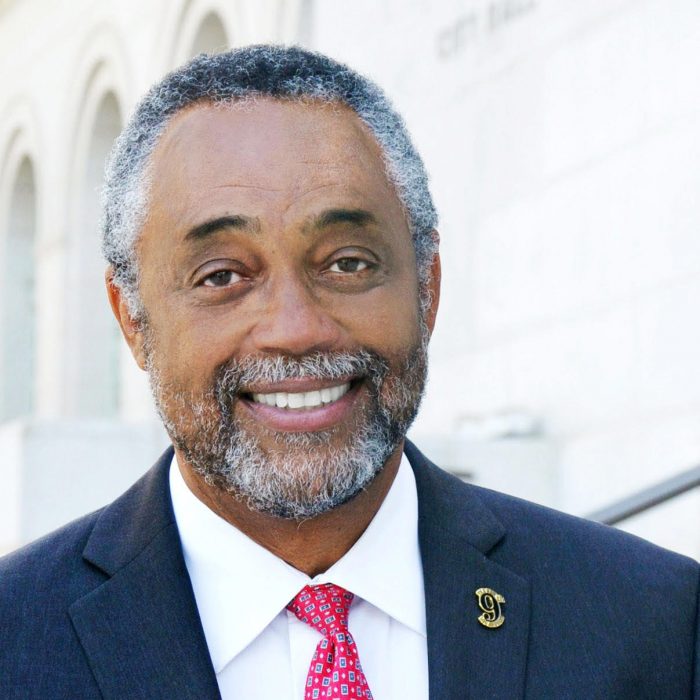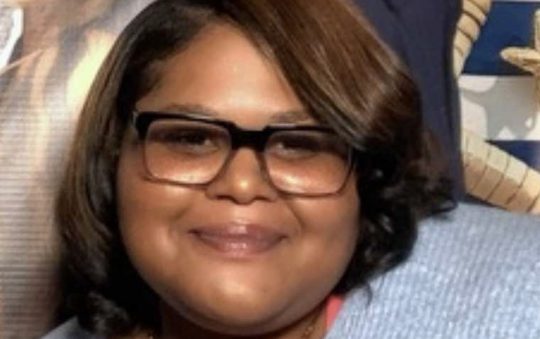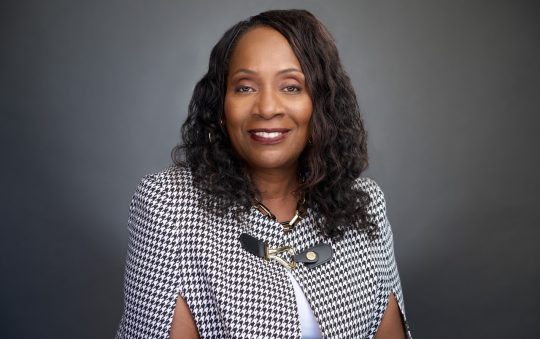
Imagine living in a rent-controlled affordable housing unit that you and your family have called home for years. One day, you come home to find a notice that your rent will soon double because a protection that safeguards low-income families is gone. Unfortunately, this scenario isn’t fictional but rather a growing reality for thousands of working-class Angelenos who rely on affordable housing.
Everyone knows the shortage of housing in Los Angeles is dire, and the cost of living has outpaced wage growth drastically. That’s why I fought hard to increase the living wage for hotel workers in 2014 and in 2015 authored legislation to raise the citywide minimum wage to $15 by 2020. But raising the minimum wage alone doesn’t address the skyrocketing housing costs consuming low-income workers.
Fact is, it’s nearly impossible to keep up with the demand to build enough housing in the region. We have a supply and demand issue on our hands, and we need to build housing—both affordable and market-rate. To alleviate some of the demand, Mayor Eric Garcetti has set a goal to build 150,000 new housing units by 2025.
Affordable housing is a key priority for the Ninth District because it is one of the most undeserved areas in the city. We have identified 10 locations throughout the district that will provide more than 500 affordable housing units over the course of the next few years. In the meantime, some immediate relief is on the way. Working together with developers and the Housing Department, we are on track to provide affordable homes to 160 low-income families this year alone.
However, it’s not as simple as pledging to build more affordable housing. As downtown and Hollywood build tens of thousands of new units, thousands of households who depend on affordable rent-control protections risk displacement from their current homes because many of these units could convert to market-rate rent.
The Ninth District has among the highest concentration of rent-restricted affordable housing units at 7,174. It’s also important to note that through 2020, nearly 900 affordable housing covenants are set to expire in Council District 9. We must find a way to save them or hundreds of our neighbors could lose their homes and end up living on the streets.
In the NEW 9th, we are receptive to innovative solutions to combat affordable housing challenges. As city leaders, it is our responsibility to consider all options, including a helping hand from a developer who wants to do well, and do good. Such is the case with The Reef development.
The Reef proposes to redevelop two empty parking lots along Washington Boulevard and Broadway Avenue into a place where residents can live, work and play. It will provide more than 1,400 residential units, a 208-room hotel, a full-service grocery store, restaurants and retail; and thousands of bike racks, showers and lockers—which would be available to the public—right next to the Blue Line. This is in line with the citywide efforts to increase the percentage of Transit-Oriented Development and ensure that at least 65 percent of new housing in the city is built next to mass transit by 2035.
The Reef offers a unique opportunity to help our community. First of all, the project will create more than 3,300 good-paying jobs, with a 30 percent local hiring agreement. I have also demanded that the developer provide significant job-training and placement to our local community so that our families, friends and neighbors can be ready to fill these new positions.
As a part of a wide-ranging community benefits package that includes job training, after-school programming, and youth sports, The Reef has also pledged millions of dollars to go toward extending soon-to-expire affordable housing covenants in the Ninth District. That money could also help finance the construction of future affordable housing stock the City so desperately needs, including some of the existing sites that I mentioned here.
We have all seen the numerous cranes dotting the LA skyline and know that development is happening at a near-record pace. But we can’t simply build our way out of this crisis. While we must continue to encourage development of new housing units, we must also make it a priority to preserve existing affordable units.
As a community and as a city, we need new ideas, creative and shovel-ready solutions that will help ensure that as investments are made, or as new developments occur, communities like South LA stand to gain and reap the benefits it so desperately needs.
To learn more about affordable housing opportunities in the City, please visit http://www.housing.lacity.org/







